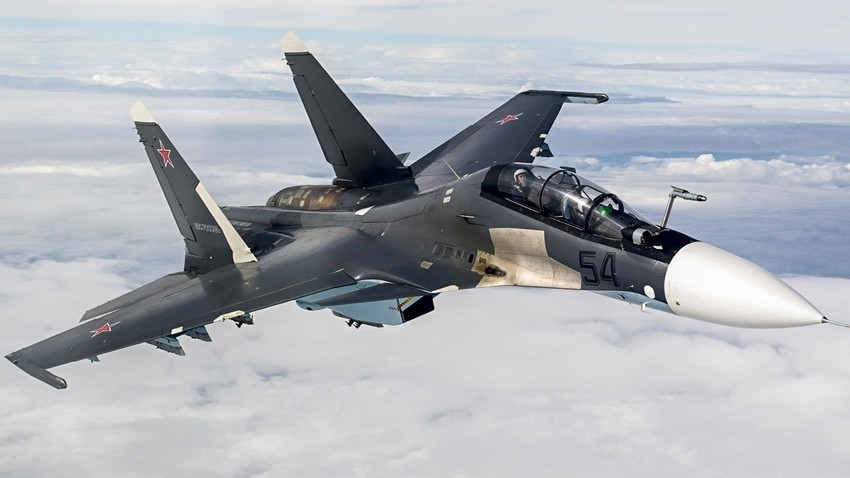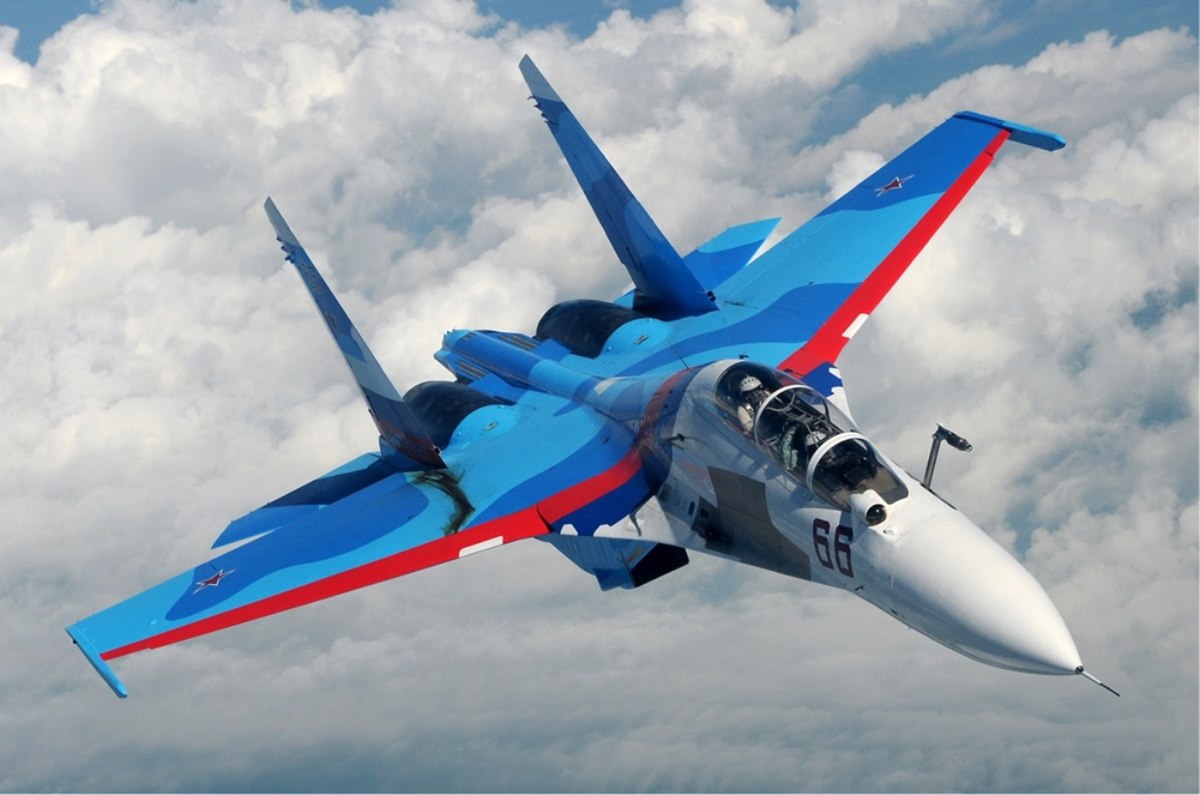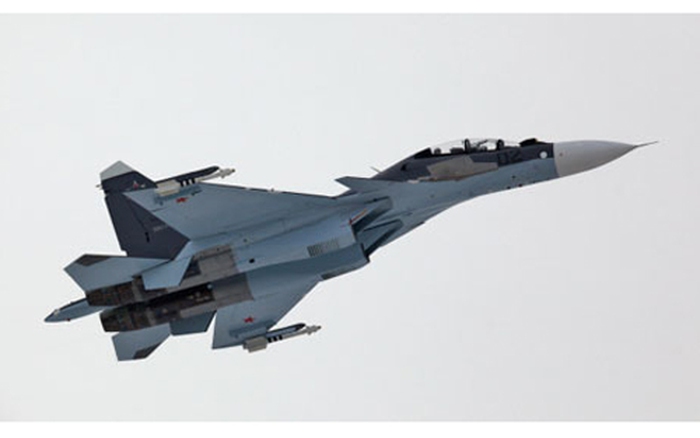The Sukhoi Su-30 is a twin-engine, two-seat multirole fighter aircraft developed by Russia’s Sukhoi Aviation Corporation. It is a highly versatile aircraft, capable of performing a wide range of missions, including air superiority, ground attack, and maritime strike roles. The Su-30 has become a cornerstone of many air forces around the world due to its advanced avionics, robust design, and powerful performance.

Development and Design
The Su-30 was developed from the Su-27 airframe, incorporating advanced avionics and systems to enhance its multirole capabilities. The first prototype flew in December 1989, and the aircraft has since evolved into various versions with incremental upgrades in avionics, weaponry, and performance.
Key Features:
- Wingspan: 14.7 meters
- Length: 21.9 meters
- Height: 6.4 meters
- Max Takeoff Weight: 34,500 kg
- Powerplant: Twin Saturn AL-31F or AL-31FP afterburning turbofan engines
- Thrust: 123 kN (27,600 lbf) each with afterburner
Performance
The Su-30’s performance characteristics allow it to operate effectively in various combat scenarios, providing superior agility, speed, and endurance.
Specifications:
- Maximum Speed: Mach 2.0 (2,120 km/h, 1,320 mph) at altitude
- Range: 3,000 km (1,864 miles) without refueling, extended with aerial refueling
- Service Ceiling: 17,300 meters (56,800 feet)
- Rate of Climb: 230 meters per second

Armament
The Su-30 is equipped with a diverse array of weaponry, making it capable of engaging air, ground, and maritime targets with precision.
Armament:
- Gun: 1 × 30 mm GSh-30-1 cannon with 150 rounds
- Missiles:
- Air-to-Air: R-27 (AA-10 Alamo), R-73 (AA-11 Archer), R-77 (AA-12 Adder)
- Air-to-Surface: Kh-29 (AS-14 Kedge), Kh-31 (AS-17 Krypton), Kh-59 (AS-13 Kingbolt)
- Bombs/Rockets: Various guided and unguided bombs, rockets, and other munitions, up to 8,000 kg on 12 hardpoints

Avionics and Technology
The Su-30 features advanced avionics and systems that enhance its combat effectiveness and situational awareness.
Avionics:
- Radar: N011M Bars passive electronically scanned array (PESA) radar
- IRST (Infrared Search and Track): Provides passive detection and tracking of targets
- Glass Cockpit: Modern multifunctional displays and head-up display (HUD)
- Fly-by-Wire Control System: Enhances maneuverability and stability
- Electronic Warfare Suite: Includes radar warning receivers, chaff, and flare dispensers
Variants
The Su-30 has numerous variants, tailored for different roles and customers, with significant differences in avionics, weaponry, and performance:
- Su-30M: Initial version with upgraded avionics and systems.
- Su-30MK: Export version, further split into several sub-variants.
- Su-30MKI: Custom version for India with thrust-vectoring engines and advanced avionics.
- Su-30MKK: Version for China with enhanced ground attack capabilities.
- Su-30SM: Advanced variant for the Russian Air Force with improved avionics and thrust-vectoring engines.

Operational History
The Su-30 has seen extensive service with the Russian Air Force and has been exported to numerous countries, including India, China, Algeria, Vietnam, and Malaysia. It has been deployed in various conflicts and military operations, demonstrating its versatility and combat prowess in diverse environments.
Conclusion
The Sukhoi Su-30 is a highly capable multirole fighter aircraft that has proven its worth in various roles and operational scenarios. Its advanced avionics, powerful performance, and robust design make it a valuable asset for air forces around the world. The Su-30 continues to evolve with ongoing upgrades, ensuring its relevance in modern aerial warfare.





